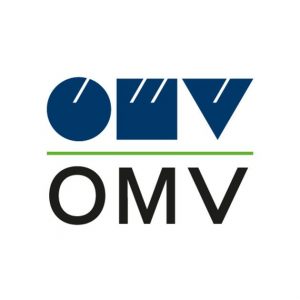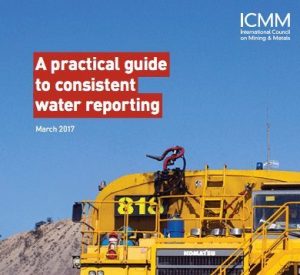Primary Functions
- Understand how poor water quality stalls economic progress, stymies human potential, and reduces food production.
Detailed Description
It was the summer of 1969 and the Cuyahoga River was on fire. This wasn’t the first time the river in northern Ohio had burned—it wasn’t even the tenth. Every few years, an errant spark would ignite the river, threatening nearby buildings or passing ships. The fire of 1969 was not especially notable for the damage it caused or the duration of its blaze. But it did ignite the tinderbox of environmental unrest that had already been smoldering across the country. Within six months of the fire, the U.S. Congress passed the National Environmental Policy Act, establishing the U.S. Environmental Protection Agency (EPA). One of the first acts of the EPA was to implement the Clean Water Act of 1972, which mandated that all waterways must be of sufficient quality to be safe for swimming and aquatic life by 1983.
Fifty years on, water quality issues remain a challenge. Like the Cuyahoga River in 1969, many other water bodies are on fire—some literally, like the Meiyu River in eastern China or Bellandur Lake in Bangalore, India, which has rained ash onto buildings up to six miles away. Yet most burn imperceptibly, with bacteria, sewage, chemicals, and plastics sucking out the dissolved oxygen much like a raging inferno and transforming water into poison for humans and ecosystems alike. Understanding of this problem has been impaired not just by a lack of information, but also by the complexity of issues that often transcend discipline boundaries—environmental science, health, hydrology, and economics—with each offering different insights.
This report brings forth new results that illuminate the impacts of the hidden dangers that lie beneath the water’s surface and elucidate strategies for combating them. The main, though not exclusive, focus is on the parameters that are tracked in the water quality Sustainable Development Goal (SDG) 6.3.2, with its focus on nutrient loads, salt balances, and overall environmental health of water bodies. The report demonstrates that the parameters identified in SDG 6.3.2 have impacts that are wider, deeper, and larger than previously known, suggesting the need for a broader focus on water quality beyond indicators of sanitation-related contaminants such as fecal coliforms and Escherichia coli. Recognizing the scope of the problem, identifying the magnitude of the impacts, and formulating ways to address these will be critical to improving public health, preserving ecosystems, and sustaining economic growth throughout the twenty-first century.





